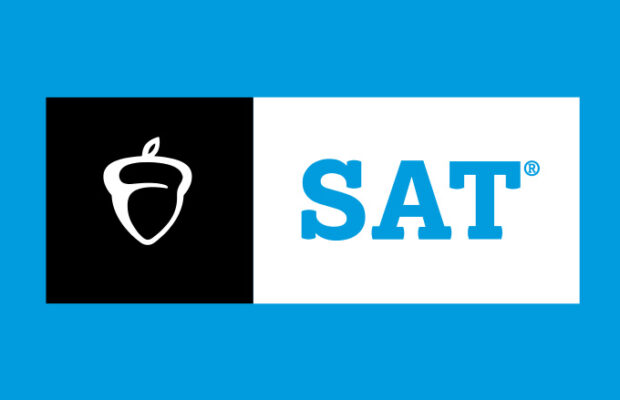Entrepreneurship helps students experience what a small business is like

It’s not every day that students can take what they learn and make an extra buck. but students in business teacher Julia Cuvelier’s entrepreneurship class raked in the profits with their merchandise that they have developed in class.
The class gets to design a product, market the product and use profits to donate to a community/social responsibility project for each year.
“This course teaches small business management with a simulation in forming a ‘real-world’ opportunity for students,” Cuvelier said.
Instead of the teacher doing all the teaching, the students get to be leaders and run the business they have created themselves.
This is one of the main goals Cuvelier tries to heavily emphasize through the course.
“My goal in teaching this course is to combine the concepts of business with a project that allows students to witness how small business management may work,” Cuvelier said. “Typically, students are given the opportunity to run their company with very little control on my part. I help facilitate and keep the business on track but do allow them to develop ideas in marketing and a product that is truly their own.”
Some of the jobs the kids get to do are divided into four departments: finance, human resource, marketing and production.
“Students are each given a task throughout the process. I typically observe this process as well as try to allow the students the opportunity to lead their fellow students,” Cuvelier said.
Now the money earned from the products sold will go to charities or any other notable cause.
“We end the year with deciding on a community organization/donation opportunity that is best for the students to help with. Some past examples have been a memorial to Chuk’s Family, United Way, Haiti Relief, Humane Society, Relay for Life and Red Cross. Each of these donations typically followed a disaster or the timing of a real need,” Cuvelier said.
It also is divided up between stock dividends, donations, commission and a donation to the Business Award for Graduates (the Henriette Madsen Award, a small scholarship created by the Tiger BizNess Club).
Students in the class also get a slice of their earnings. Each student is paid commission for the sales. Students also have an opportunity to purchase stock and can be paid dividends from their stock after donations.
But Cuvelier says it’s what students get out of the class that matters.
“The design of the company is to show real world. In this case, the company will pay commission, stock dividend, choose a social responsibility concern and finally support youth through the business award,” Cuvelier said.
At this time, the profits from the latest project of the class are still being figured. The class did, however, have a project goal it would like to reach and hopes that they were successful in achieving this goal.









You must be logged in to post a comment Login